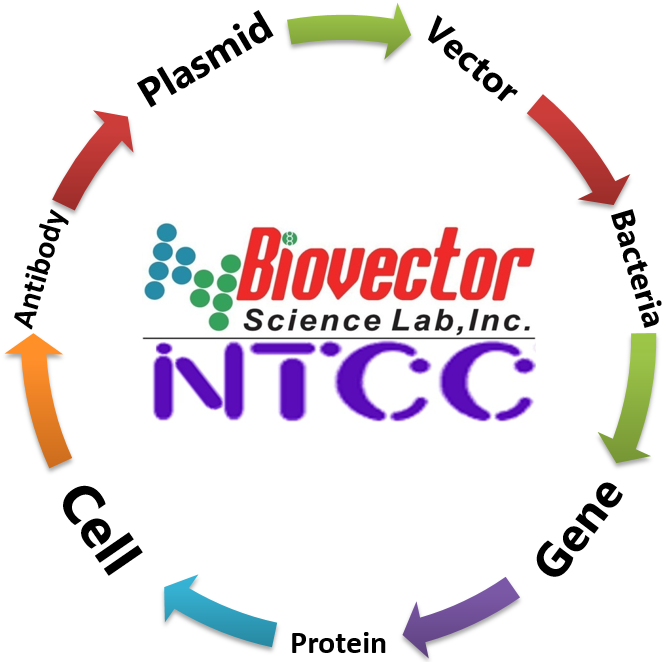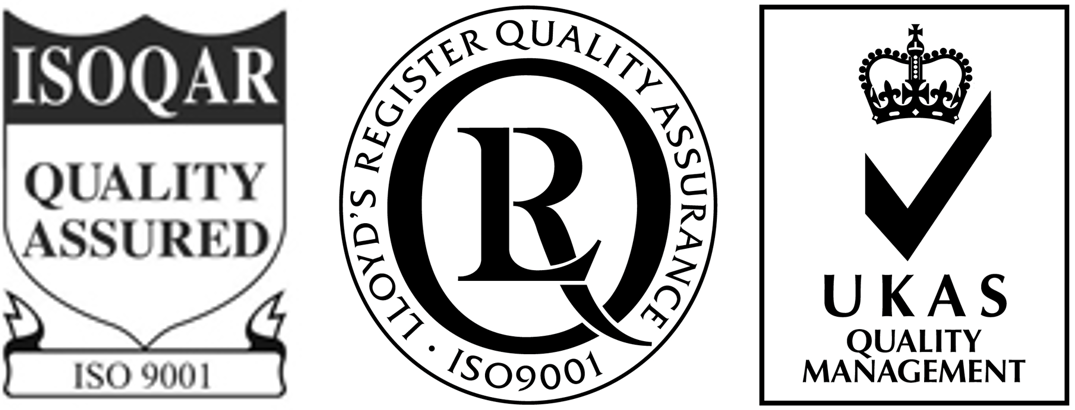- BioVector NTCC典型培養物保藏中心
- 聯系人:Dr.Xu, Biovector NTCC Inc.
電話:400-800-2947 工作QQ:1843439339 (微信同號)
郵件:Biovector@163.com
手機:18901268599
地址:北京
- 已注冊
BioVector? NTCC? LN229 cell line人腦膠質瘤細胞系<br/></br>NTCC? LN-229</br></br>Cat# NTCC?CRL-2611 ?</br>LN-229 is a cell line exhibiting epithelial-like morphology that was isolated in 1979 from the right frontal parieto-occipital cortex of a White, 60-year-old, female patient with glioblastoma. This cell line was deposited by N de Tribolet and can be used in neuroscience research.</br></br>Product category</br>Human cells</br>Organism</br>Homo sapiens, human</br>Morphology</br>epithelial</br>Tissue</br>Brain; Right frontal parieto-occipital cortex</br>Disease</br>Glioblastoma</br>Applications</br>3D cell culture</br>Neuroscience</br></br>Characteristics</br>Growth properties</br>Adherent</br>Derivation</br>The LN-229 cell line was established in 1979 from cells taken from a patient with right frontal parieto-occipital glioblastoma [PubMed. 10416987].</br>Age</br>60 years</br>Ethnicity</br>White</br>Gender</br>Female</br>Tumorigenic</br>Yes;</br>Yes, forms tumors in nude mice</br>Oncogene</br>p53+ (mutated, CCT (Pro) --> CTT (Leu) mutation at codon 98); PTEN+ (wild-type); p16- (deleted); p14ARF-; (deleted)</br>Comments</br>The cells exhibit mutated p53 (TP53) and possible homozygous deletions in the p16 and p14ARF tumor suppressor genes. They have a wild-type PTEN gene.</br></br>Stimulation of the cells with Fas ligand lead to apoptotic cell death within 16 hours. The cells were also killed by puromycin in a dose dependent manner.</br>Bcl-2 protects these cells from Fas ligand-induced cell death but was shown to have only a small protective effect on puromycin-induced apoptosis.</br></br></br>Handling information</br>Unpacking and storage instructions</br>Check all containers for leakage or breakage.</br>Remove the frozen cells from the dry ice packaging and immediately place the cells at a temperature below --130°C, preferably in liquid nitrogen vapor, until ready for use.</br>Complete medium</br>The base medium for this cell line is ATCC-formulated Dulbecco's Modified Eagle's Medium, Catalog No. 30-2002. To make the complete growth medium, add the following components to the base medium: fetal bovine serum to a final concentration of 5%.</br>Temperature</br>37°C</br>Handling procedure</br>To insure the highest level of viability, thaw the vial and initiate the culture as soon as possible upon receipt. If upon arrival, continued storage of the frozen culture is necessary, it should be stored in liquid nitrogen vapor phase and not at -70°C. Storage at -70°C will result in loss of viability.</br></br>Thaw the vial by gentle agitation in a 37°C water bath. To reduce the possibility of contamination, keep the O-ring and cap out of the water. Thawing should be rapid (approximately 2 minutes).</br>Remove the vial from the water bath as soon as the contents are thawed, and decontaminate by dipping in or spraying with 70% ethanol. All of the operations from this point on should be carried out under strict aseptic conditions.</br>Transfer the vial contents to a centrifuge tube containing 9.0 mL complete culture medium and spin at approximately 125 x g for 5 to 7 minutes.</br>Resuspend cell pellet with the recommended complete medium (see the specific batch information for the culture recommended dilution ratio) and dispense into a 25 cm2 or a 75 cm2 culture flask. It is important to avoid excessive alkalinity of the medium during recovery of the cells. It is suggested that, prior to the addition of the vial contents, the culture vessel containing the complete growth medium be placed into the incubator for at least 15 minutes to allow the medium to reach its normal pH (7.0 to 7.6).</br>Incubate the culture at 37°C in a suitable incubator. A 5% CO2 in air atmosphere is recommended if using the medium described on this product sheet.</br>Subculturing procedure</br>Volumes used in this protocol are for 75 cm2 flask; proportionally reduce or increase amount of dissociation medium for culture vessels of other sizes.</br>Note: Subculture at 80% confluence. Cells pile up and do not become completely confluent.</br></br>Remove and discard culture medium.</br>Briefly rinse the cell layer with 0.25% (w/v) Trypsin-0.53% (w/v) EDTA solution to remove all traces of serum that contains trypsin inhibitor.</br>Add 2.0 to 3.0 mL of Trypsin-EDTA solution to flask and observe cells under an inverted microscope until cell layer is dispersed (usually within 5 to 15 minutes).</br>Note: To avoid clumping do not agitate the cells by hitting or shaking the flask while waiting for the cells to detach. Cells that are difficult to detach may be placed at 37°C to facilitate dispersal.</br>Add 6.0 to 8.0 mL of complete growth medium and aspirate cells by gently pipetting.</br>Add appropriate aliquots of the cell suspension to new culture vessels.</br>Incubate cultures at 37°C</br></br>Subculture Ratio: 1:4 to 1:6</br>Note: For more information on enzymatic dissociation and subculturing of cell lines consult Chapter 10 in Culture of Animal Cells, a manual of Basic Technique by R. Ian Freshney, 3rd edition, published by Alan R. Liss, N.Y., 1994</br></br>Reagents for cryopreservation</br>Complete growth medium supplemented with 5% (v/v) DMSO<br/></br>Supplier來源:BioVector NTCC Inc.<br/>Email: biovector@163.com<br/>Website網址: http://www.biovector.net
您正在向 biovector.net 發送關于產品 LN229 cell line人腦膠質瘤細胞株 的詢問
- 公告/新聞




